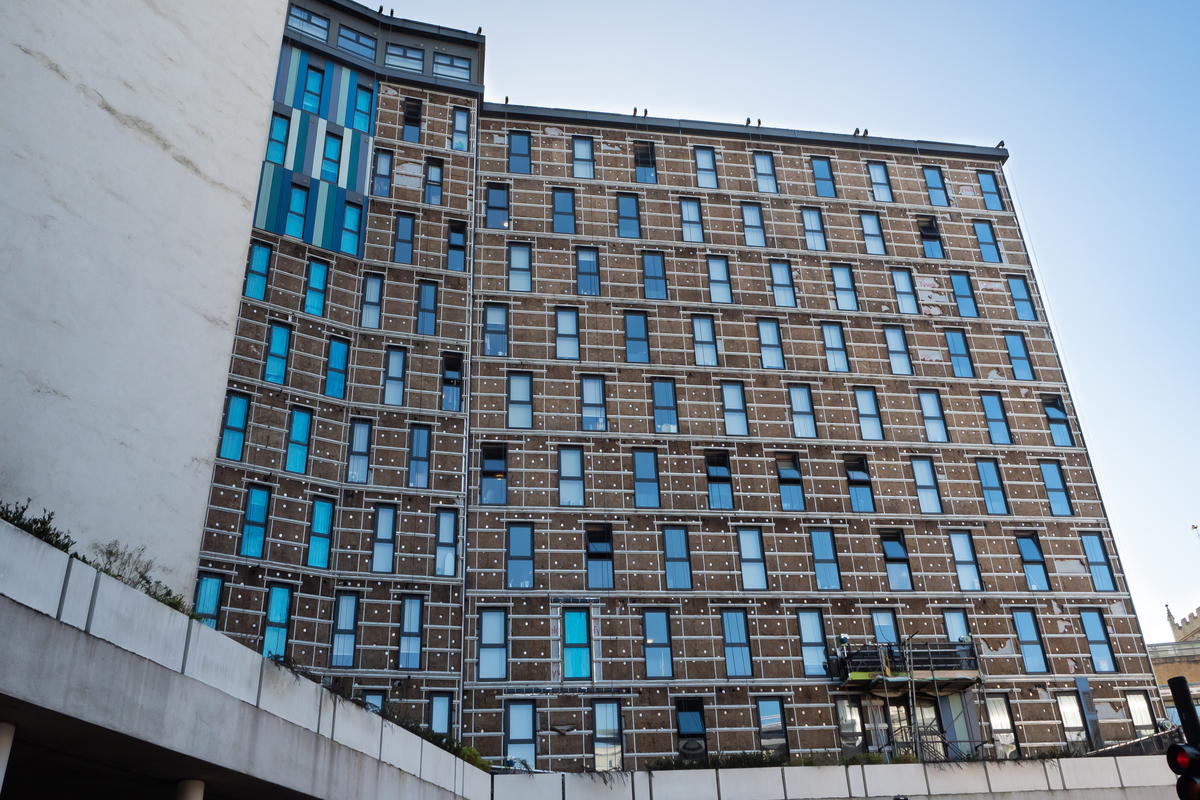Who’s going to pay the £15bn cladding bill?
| PREMIUM |
MPs estimate that £10bn more funding will be needed to solve the UK’s cladding crisis.
The UK government has promised a £5bn building safety fund to remove flammable cladding on buildings over 18 metres in height, but MPs estimated the total cost to be around £15bn.
This has left leaseholders and mortgage industry professionals wondering who is going to pay the difference.
Michael Gove confirmed on 9 November that the government would be pausing the controversial scheme that saw leaseholders paying to make cladding safe.
Property developers will bear some of the brunt of the excess cost, according to Chancellor Rishi Sunak. As was outlined in his autumn budget, there will be a tax on developer profits that has been earmarked to fund necessary changes to “at risk” buildings.
However, critics of the plan have already pointed out that the amount this tax is only going to raise - £2bn over the next ten years - is not going to be enough to fund the required cladding work.
Approximately 1.5 million flat owners are affected by the cladding crisis with many still living in dangerous blocks four years on from Grenfell - with spiraling insurance costs, service charges, and requirements for expensive 24-hour "waking watch" patrols in case of fire.
Defaults
According to the Daily Mail, the Bank of England (BoE) is worried lenders could go bust as hundreds of thousands of flats are still unsalable, and with mounting bills many leaseholders could go bankrupt.
The cladding crisis has resulted in a significant increase in costs for leaseholders of affected properties with anywhere between £15 and £140 added to flat owners’ monthly mortgage payments.
The BoE has prompted its Prudential Regulation Authority (PRA) to review exposure to unsafe flats and to ask lenders to make provisions in case of defaults. Nationwide has said the government’s fund is ‘below the amount required’; Lloyds has set aside £105m for the problem and warned it is already seeing evidence of ‘higher arrears’.
An increase in defaults on residential mortgages has wider impacts in the global economy. The credit rating agency, DBRS Morningstar, said earlier this year that the cladding crisis would produce losses on the sale of repossessed properties by residential mortgage-backed securities (RMBS) pools. The failure of many poorly constructed RMBS contributed to the 2008 financial crisis.
However, DBRS Morningstar suggested the impact of the cladding crisis on mortgage-backed securities would be minimal.
Negative equity
Many flat owners with flammable cladding have seen significant reductions in the value of their properties, which could lead many of them to fall into negative equity.
This means when homeowners default on their mortgage because of spiraling cladding-related costs and their home is repossessed by the bank, the former homeowner may still find themselves in debt to the lender which has been unable to reclaim the full value of the mortgage due to the flammable cladding driving down the sale price of the property.
House prices would have to fall by 20% to put most high-rise flat owners at risk of falling into negative equity.
South West London would be least affected by such a decline because of the high prices of properties there, with just 2.8% of homes falling into negative equity. Newcastle flat owners would be most impacted, pushing 37% of mortgage holders into negative equity.
Stay up-to-date with the latest articles from the Credit Strategy team
Get the latest industry news







